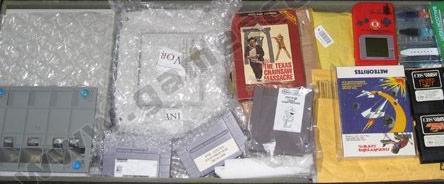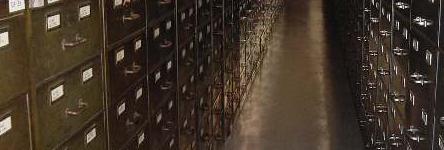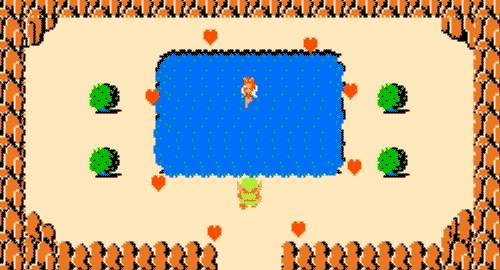 This article is only in Italian, sorry!
This article is only in Italian, sorry! 
Come ormai da alcuni anni, il 3 e 4 ottobre 2009 a Monza si terrà il Video Games History, esposizione videoludica organizzata dai ragazzi di Games Collection. Fra retrogames, tornei multiplayer per le ultime console, pubblicità d’epoca (ocio però!), incontri fra nerd e discussioni filosofiche, un’area-museo dedicata a tutti gli amanti di unseen games: alcuni prototipi e beta provenienti dalle raccolte private dei maggiori collezionisti italiani.
L’anno scorso abbiamo partecipato all’evento e Nicola ha sopportato per un oretta questi maniaci di unseen games, mostrandoci alcuni dei prototipi che aveva portato per l’occasione. Abbiamo potuto giocare ad Iron Hammer (titolo mai uscito per il “visore virtuale” del Mega Drive), una versione medica di Dyno Blaze (ahah WTF?), ammirare console mai rilasciate come il Panasonic M2, segarci guardando le cartucce demo per N64 e piangere sulla beta di Beirut Breakout (versione preliminare di Desert Strike) che non partiva.

Parte dello staff di U64 sarà presente anche quest’anno all’evento, per un piccolo meeting dei collaboratori e degli utenti italiani di Unseen 64. Per conoscerci, giocare qualche beta e fare i nerd senza limite.
Per accordi sul meeting di U64, potete lasciare un messaggio di commento a questo post oppure mandarci una email a [email protected]
Per maggiori informazioni sull’evento date un’occhiata alla pagina dedicata su Games Collection. Il VGH 2K9 si svolgerà presso l’URBAN CENTER di MONZA Via Filippo Turati 8 (a due passi dalla stazione dei treni) nei giorni di sabato 3 ottobre (dalle ore 10.00 alle 20.00) e domenica 4 ottobre (dalle ore 10.00 alle 18.00). Ecco il luogo su Google Maps.
INGRESSO GRATUITO!




